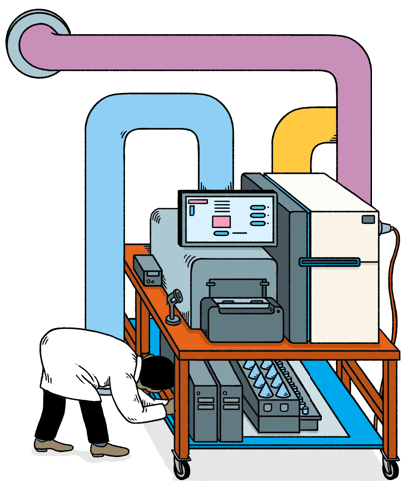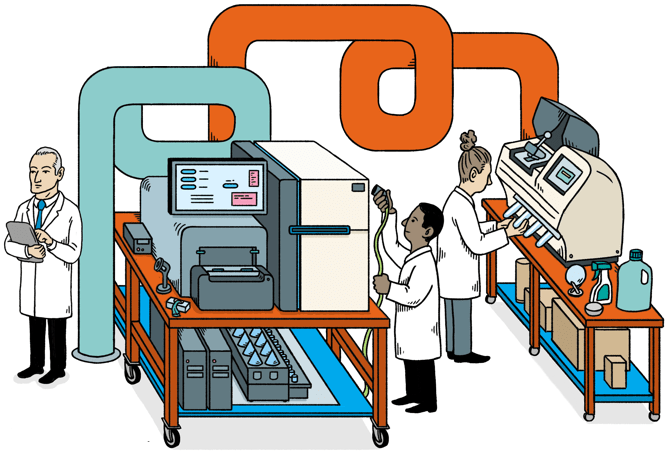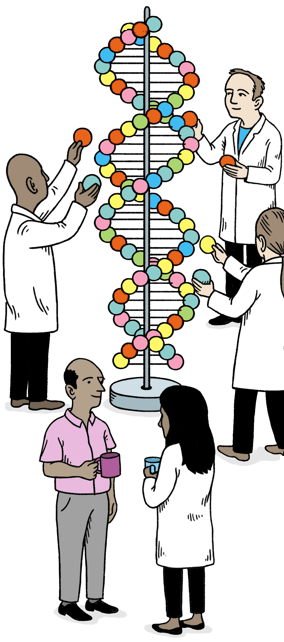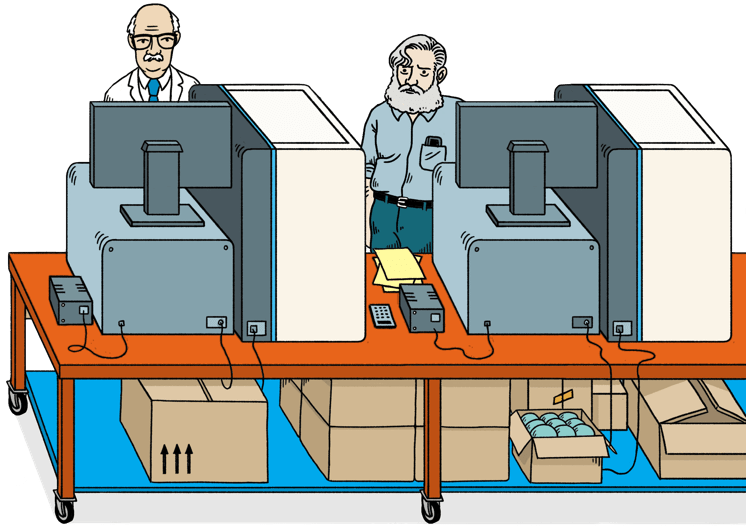

 [ LUCID ]
[ LUCID ]
helps you focus on the science


 [ LUCID ]
[ LUCID ]


Type the location in a genome with chromosome and position, or the gene symbol. For example chr5:148,451,032 or NF2. The search bar will quickly find and take you there.
See more of the genome at a glance than ever before. With C# rendering there's no worry about limiting your visibility to a limited local region. Gain insights from overall alignment topology and patterns that were previously unseen. Pinch to zoom.
Move through sequences at speed using the gestures on your trackpad or mouse. Use the keyboard arrows to move single nucelotides or fly through thousands of bases at a time with momentum scrolling. Hold ⌘ symbol with a direction to jump to nearest potential variant, without a VCF.
Even large BAM files from high coverage projects and reference genomes open quickly. Thanks to efficient in-memory file streams and background threads, you won't have to worry about freeze-ups or sit around waiting to work.
Load remote .bam and .fasta data using multiple protocols. Use the universal search bar to just type in the remote address of your files, and they will be streamed and rendered as needed. No need to keep a bunch of external drives with large files.
Stay in the know, when updates are available you will be the first to get them. So new features and bug fixes are easily rolled out, without email lists or you having to check the web.
Real-time read qualities are displayed at any location you happen to be, cycling through the entire pileup. Zoom in to nucleotide level to see the quality of each individual base sequenced.
Our favorite hidden features like bookmarks, lets you save and organize important locations, like on the web. There's even scripting to implement custom features, and just in case you don't like the color scheme, that's customizable as well.


Lucid alignment viewer is currently in beta, you can evaluate the development release for free. However, a license should be purchased for continued use.
Licenses are for all stable future versions, and unlocks useful extra features like bookmarking. Once again, science saves the day.




Lucid assumes your files meet the SAM/BAM format specifications. All alignments should be in a .bam file with an index .bam.bai file in the same directory. Files can be local or remote, and made by any algorithm as long as the output adheres to these specifications.
References are displayed along the top of Lucid, and should be in FASTA format (.fa or .fasta). The fasta index file in .fasta.fai should be in the same local or remote directory as the reference file. Search/jump works best when one fasta contains the whole reference.
The reference genome assembly of the novel 2019 coronavirus can be downloaded or streamed from our servers at the following location:
https://lucidalign.com/download/
GCF_009858895.2_ASM985889v3_genomic.fa
We are providing a sample alignment from the Washington outbreak. This BAM already has some variants with the reference, download or stream here:
https://lucidalign.com/download/
SARS-CoV-2_align_sorted.bam
A .bam file made using best practices and hosted on our server, can be streamed or downloaded.
http://lucidalign.com/download/demo_align.bam
This is a great reference by the Broad Institute, often used for human analysis.
http://lucidalign.com/download/
Homo_sapiens_assembly19.fasta
Try out the sequencing data from more species than you can shake a stick at.
ftp://ftp.ensembl.org/pub/current_bamcov
These are GIAB standardized samples. This location has files from most platforms.
ftp://ftp.ncbi.nih.gov/giab/ftp/data/NA12878 

